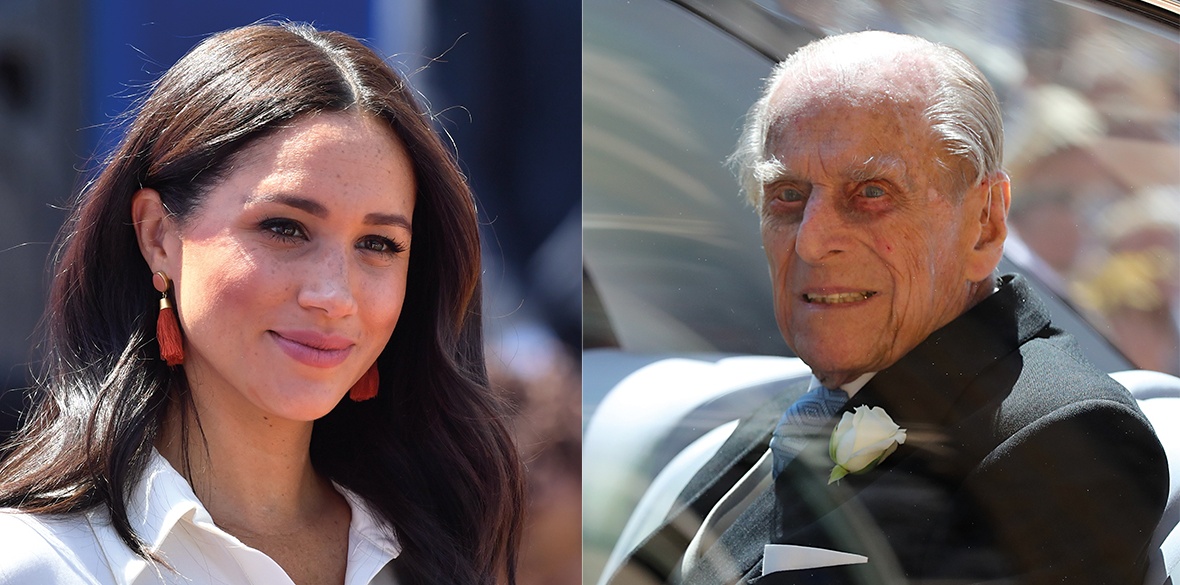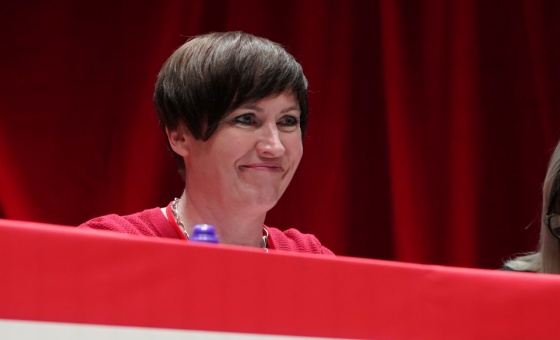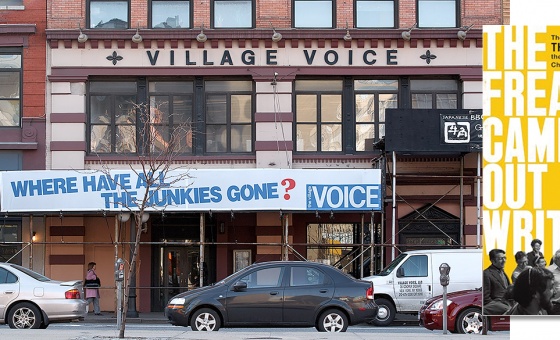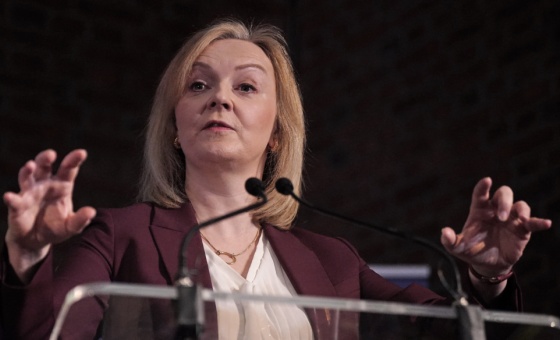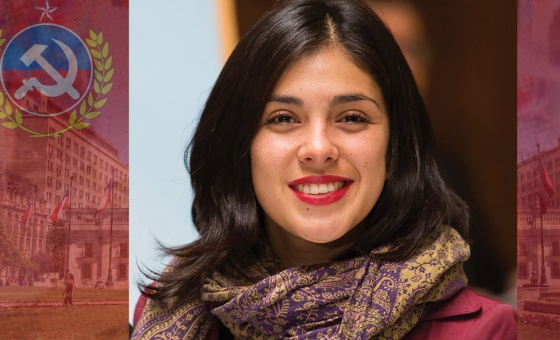This is the last article you can read this month
You can read more article this month
You can read more articles this month
Sorry your limit is up for this month
Reset on:
Please help support the Morning Star by subscribing here
IMMEDIATELY after the government published a report claiming “institutional racism” was exaggerated, the leaders of both political parties gave clear and open examples of how institutions could be racist.
First off, Labour leader Keir Starmer had a long, friendly interview in the Times. Journalist Decca Aitkenhead asked Starmer if he would describe press coverage of Pince Harry and Meghan Markle as racist.
He shook his head and said, “I wouldn’t.” With a gesture and two words, Starmer cleared all media of prejudiced Markle coverage.
So when Starmer saw the 2016 Daily Star headline that read “Harry to marry into gangster royalty? New love ‘from crime-ridden neighbourhood’” he saw no prejudice.
Starmer felt the Daily Mail version of this story was also free of racism: “Harry’s girl is (almost) straight outta Compton: gang-scarred home of her mother revealed — so will he be dropping by for tea?””
Markle is a high-achieving, mixed-race woman from a middle-class background: picturing her as growing up involved in “gangland wars” is racist stereotyping of the crassest kind.
Media coverage of Markle as “exotic” — the Prime Minister’s sister Rachel Johnson said she had “rich and exotic DNA” — or “pushy” also suggest racial stereotypes. General hostility to Markle in the tabloids suggests a degree of racial prejudice.
It’s difficult to be sure about prejudice sometimes, but the media made this a lot easier because some of their most senior figures couldn’t help but blurt out what seems like very clear distaste for black women.
Andrew Pierce is a senior political journalist and a consultant editor at the Daily Mail. On his LBC radio show a caller suggested Markle was not “fully accepted because of her skin colour.” Pierce responded, “Oh God, that one again! Do you look at her… and see a black woman? Because I don’t.
“I see a very attractive, a very attractive woman. It’s never occurred to me. I never look at her and think, ‘Gosh she’s black!’ in the way you look at Oprah Winfrey.”
In Pierce’s version there are apparently “very attractive” women who don’t “look” black — and women who are “black.”
When Harry and Markle complained of “bigoted” British tabloids, Ian Murray, the head of the Society of Editors — the trade body representing newspaper “editors” or media managers — rushed out a statement saying “the UK media is not bigoted” denying there was “racist” coverage of the couple.
The claim there was no prejudice at all in any news coverage and that “the UK media has a proud record of calling out racism” was so patently absurd that his statement caused a rebellion on the Society of Editors board and Murray had to resign.
So the evidence of racism embedded in the institutions of the tabloid press is pretty clear. But Starmer claims not to see it. The Times journalist thought Starmer might be pretending not to see racism because he was “appeasing” the tabloids so they didn’t attack him as a “loony leftie.”
This too is an example of institutional racism: the tabloids make racist attacks, the main institution of the opposition pretends they don’t because of political cowardice, while the broadsheet press believes only a “loony” would object to calling Markle “gangster royalty.” That’s three big institutions, all promoting or enabling racism.
Generally I think the Labour Party has a better record on race than the Conservatives, but it is still not a good one: Labour are a reformist party, trying to reform a racist system, the Conservatives are a conservative party, trying to preserve a racist system.
But Labour are — at the very best — inconsistent, and ready to accept or even use racism as part of their negotiations. Racism just becomes a bargaining tool: Starmer claimed to be able to see evidence of anti-semitism in a very convoluted, hard-to-explain way so he could sack Rebecca Long Bailey — but he can’t see prejudice in a headline about “gangster royalty” or “exotic DNA.”
Labour can be even worse, of course: in 2010 Labour MP Phil Woolas ran an election campaign that was so full of bigoted lies intended to “get the white vote angry” against his opponents that a court ruled there had to be a fresh election. Labour reappointed Woolas as their immigration spokesman while these revelations were made.
PM Boris Johnson also decided to step in and helpfully show that, despite the claims of his Commission on Race and Ethnic Disparities, institutional racism is pretty easy to understand.
Prince Philip was well known for what were euphemistically known as “gaffes,” when he blurted out racist, sexist and otherwise reactionary insults. On his death, three major institutions decided these “gaffes” were in fact very good fun.
The Daily Star had a “Prince Philip’s top 10 gaffes” insert, the Metro listed dozens more in their “top gaffes,” the Mail reproduced the “gaffes” by putting speech bubbles on photographs of the recently deceased royal in the manner of “photo love” comics — the Duke was their “photo hate” feature.
All reproduced his crude racist jokes about “slitty eyed” Chinese and “spear throwing” and “cannibal” islanders. Prince Philip was reinvented as a kind of posh Bernard Manning and we slipped back through a time warp to the 1970s when racist jokes on telly were a “bit of a laugh.”
So when it came to the 10-hour long ritual of tributes by MPs in the House of Commons, Johnson told us all that these racist jokes were in fact a good thing. Johnson told the nation the that “the world” did not mind the duke’s racist blurts, because “they overwhelmingly understood that he was trying to break the ice, to get things moving and to get people laughing and forget their nerves.”
So a leader of one institution, the Duke of Edinburgh, says “slitty eyed” and so on. The top of another institution, the Prime Minister, says this is all jolly good fun, while three other institutions — national newspapers — print cut-out-and-keep sections with the same message. This is how institutions transmit racism and it doesn’t need a commission to see it.

